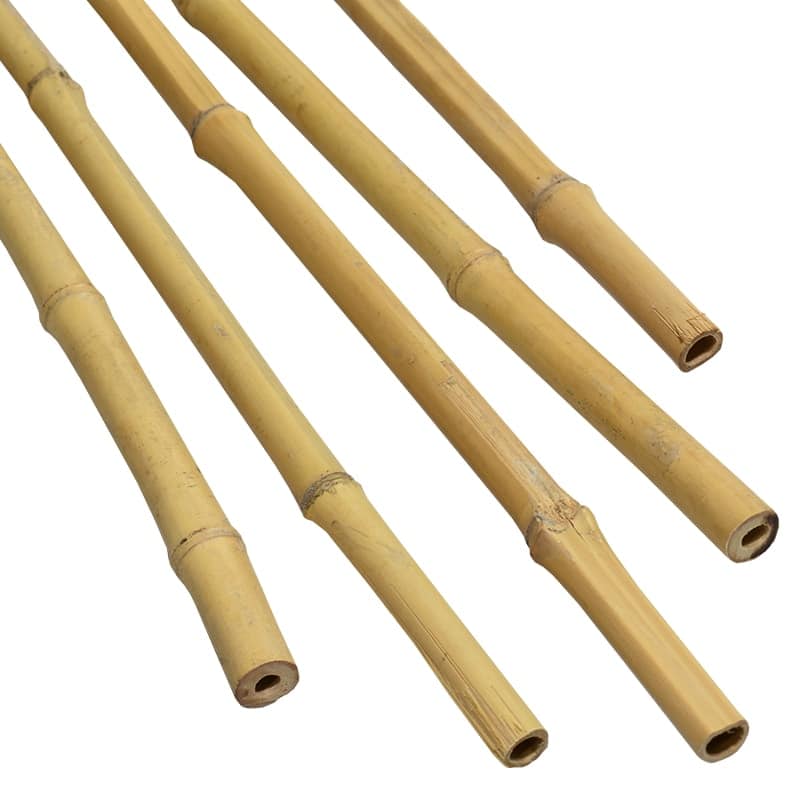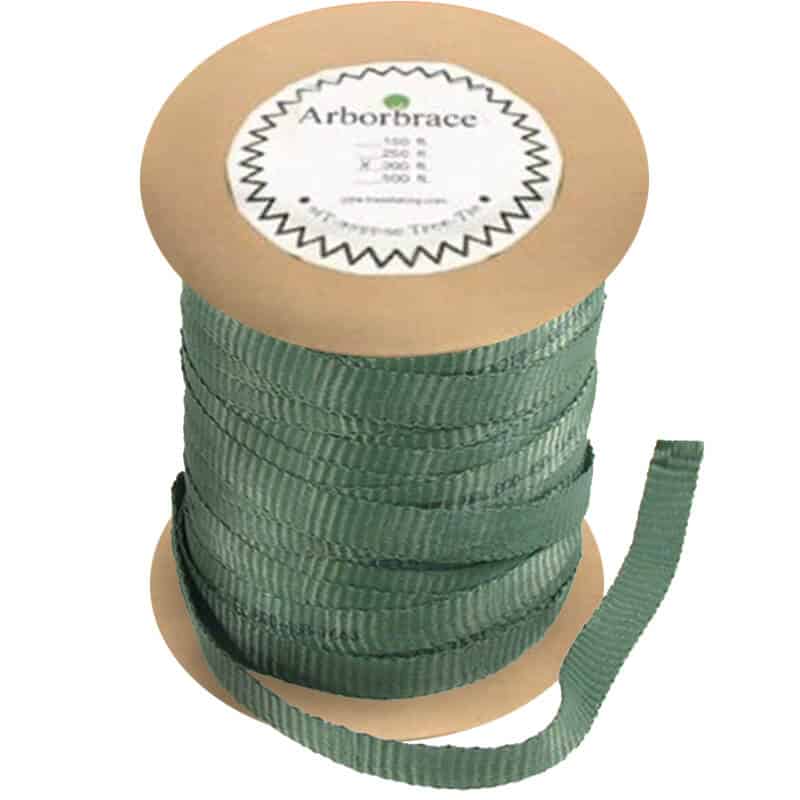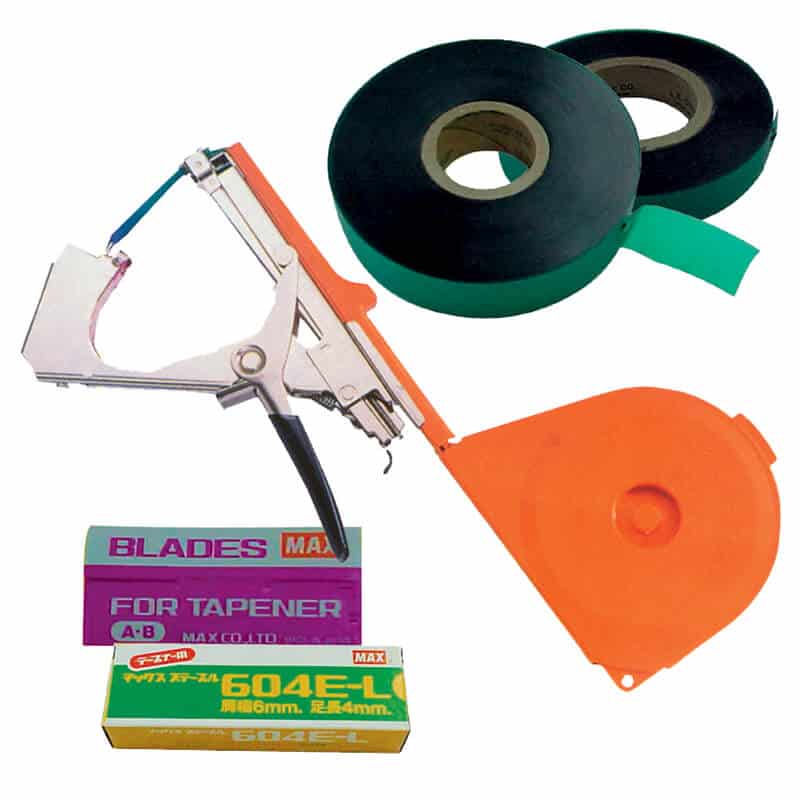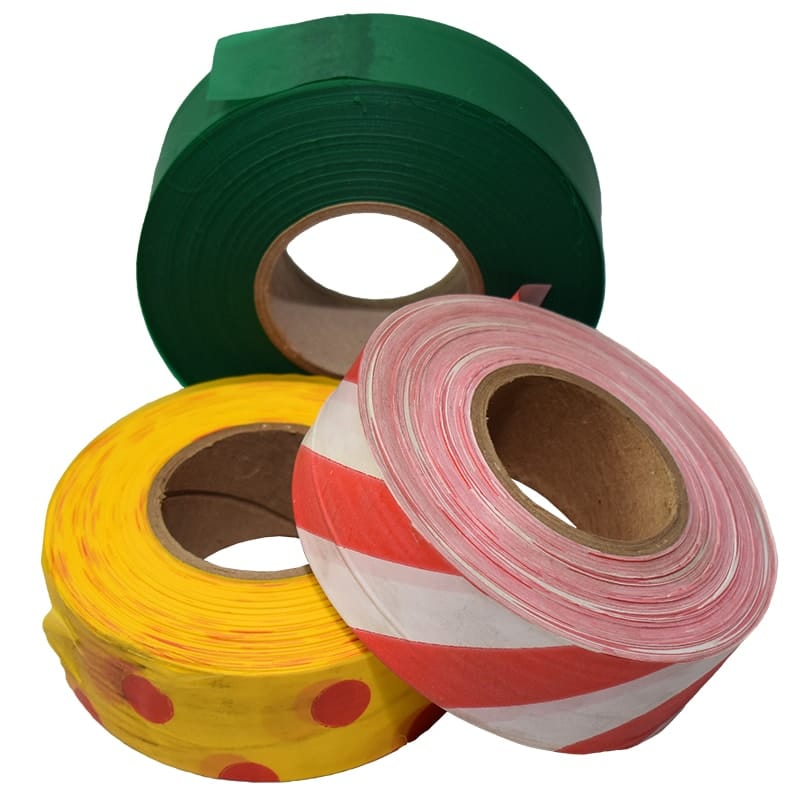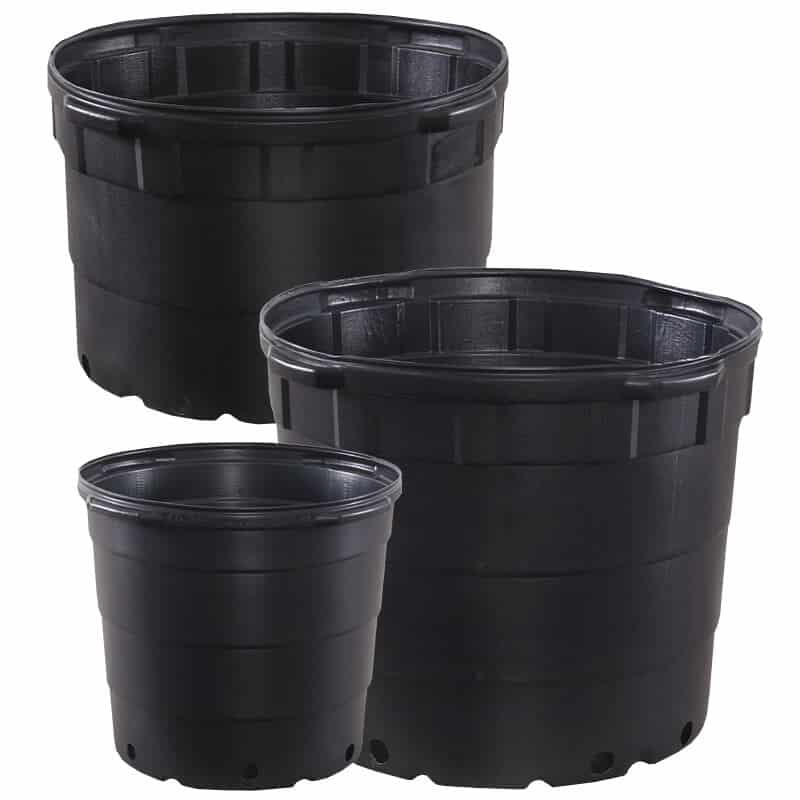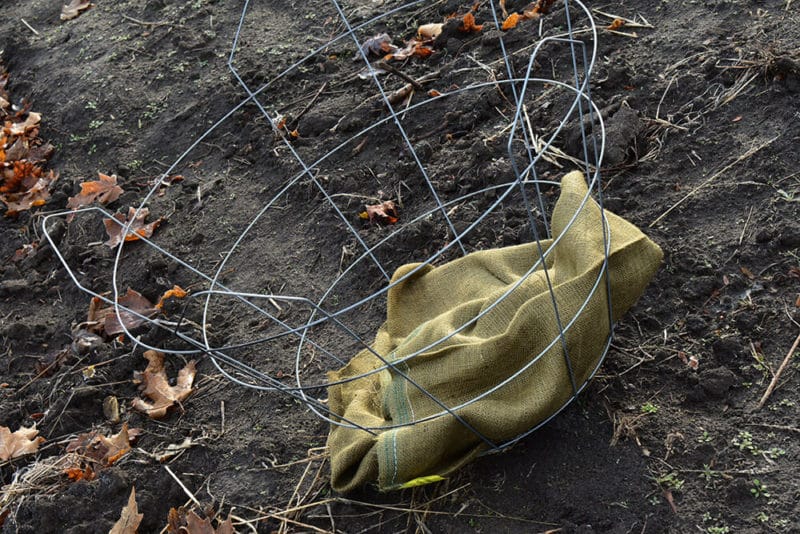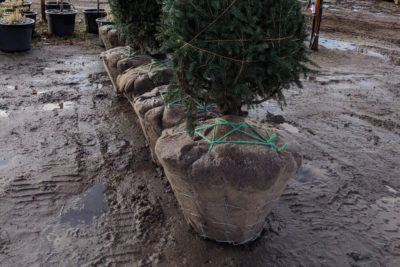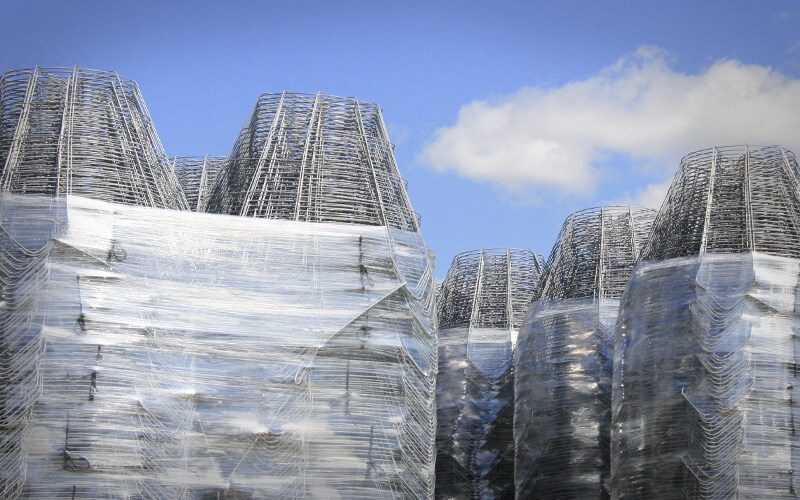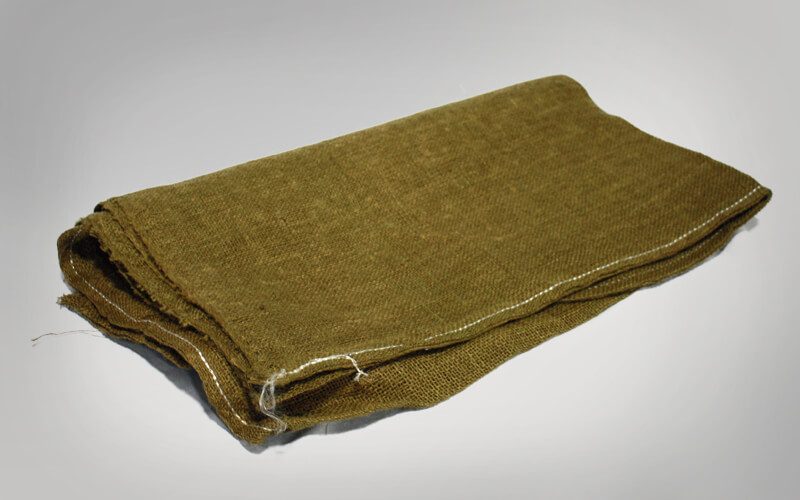Fiberglass Stakes
Request A Quote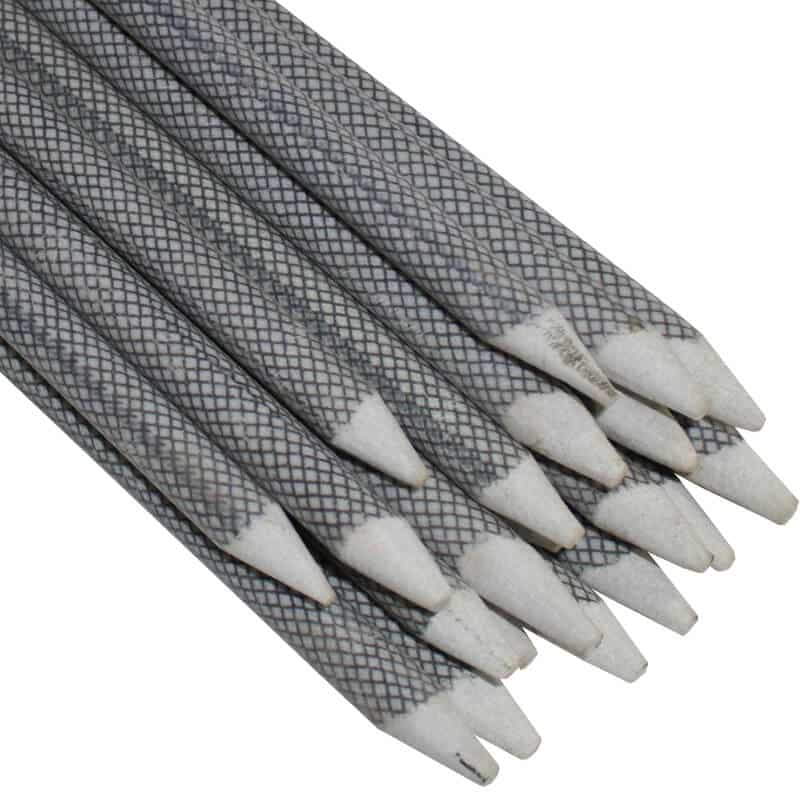
Description:
Maintenance free, strong and durable. Polyester veil prevents fiberglass spinters. Will not crack, chip or flake.
| SKU | Size | Qty per Bundle |
| SPEAR-8×3/8 | 8 ft x 3/8″ | 40 |
| SPEAR-8×1/2 | 8 ft x 1/2″ | 20 |
| SPEAR-10×1/2 | 10 ft x 1/2″ | 20 |
| SPEAR-10×11/16 | 10 ft x 11/16″ | 10 |
| SPEAR-12×1/2 | 12 ft x 1/2″ | 20 |
| SPEAR-12×11/16 | 12 ft x 11/16″ | 10 |
See the installation in action
Commonly asked questions:
Plants might indeed survive the weather independently, whereas others require assistance to stand up and thrive. The primary goal of staking, whether they are trees, plants, vegetables, or flowers, is to provide support. The fiberglass stake is the ideal stake for your trees because it outlasts conventional stakes. Flexible fiberglass stakes allow for flexibility in windy weather while limiting the range to prevent lasting harm. This natural movement encourages root formation and maximizes growth potential.
Anyone working in the agriculture or gardening industries would greatly benefit from applying our fiberglass stakes to help their trees and plants grow. Viticulturists and horticulturists alike have been using the stake method for centuries, and it’s only improved with the development of fiberglass stakes.
Fiberglass stakes are great as they’re solid and as dependable as steel. They don’t rust. While they’re as flexible as bamboo, they’re also solid enough to where they won’t break; but are also very lightweight. You can use these stakes for various purposes, such as tree supports, staking plants, and vegetables like tomatoes and cucumbers. Different plants like vines, bushes, peppers, perennials, and many others may need to be secured with a post, which is what the fiberglass stake helps with.
Cherokees LONGLIFE™ Fiberglass stakes have a polyester veil which is the best UV protection against harmful ultraviolet rays, while preventing splinters, cracking, chipping, or flacking.
A single stake is the most prevalent technique of plant staking. To use a single plant stake, hammer one into the earth about six inches away from the plant. If at all possible, avoid damaging any plant roots. Attach the plant to the stake using gardening ties, garden string, or even Velcro, about two-thirds of the way up the plant. Some plants require additional support, which a single stake may not be able to provide. Plants can be staked to many supports in these situations.
Use string, thread, or specially designed staking tape to tie the plant to the stake about two-thirds of the way up the stem. Stakes or supports for solitary plants made of a thin metal stick with a loop at the top are also handy. Simply direct the plant’s growth through the loop to provide support as it matures.
Request A Quote
Wholesale and Bulk Quantity Requests Only
You can also call us at 866-319-0704
or setup a Credit Application

